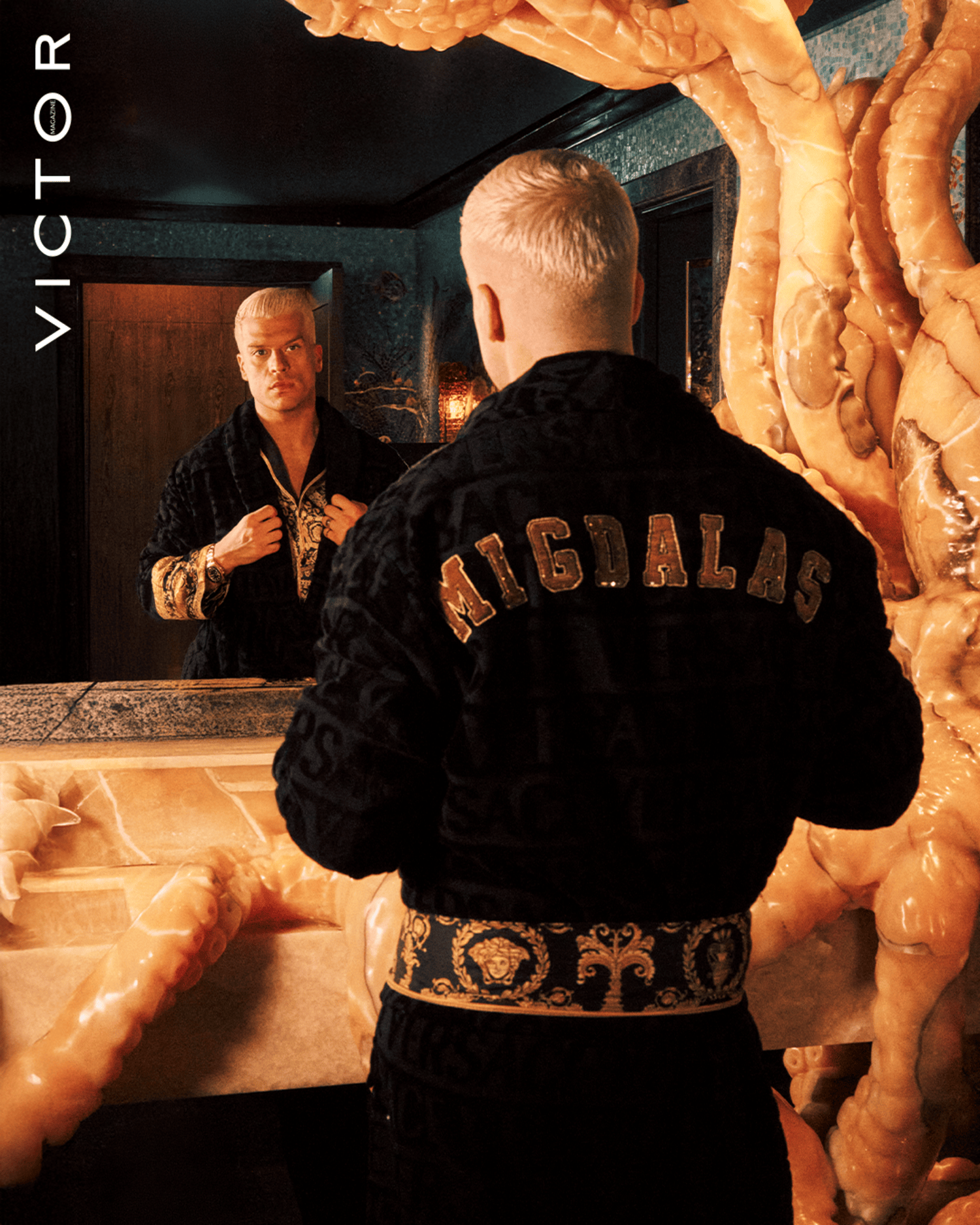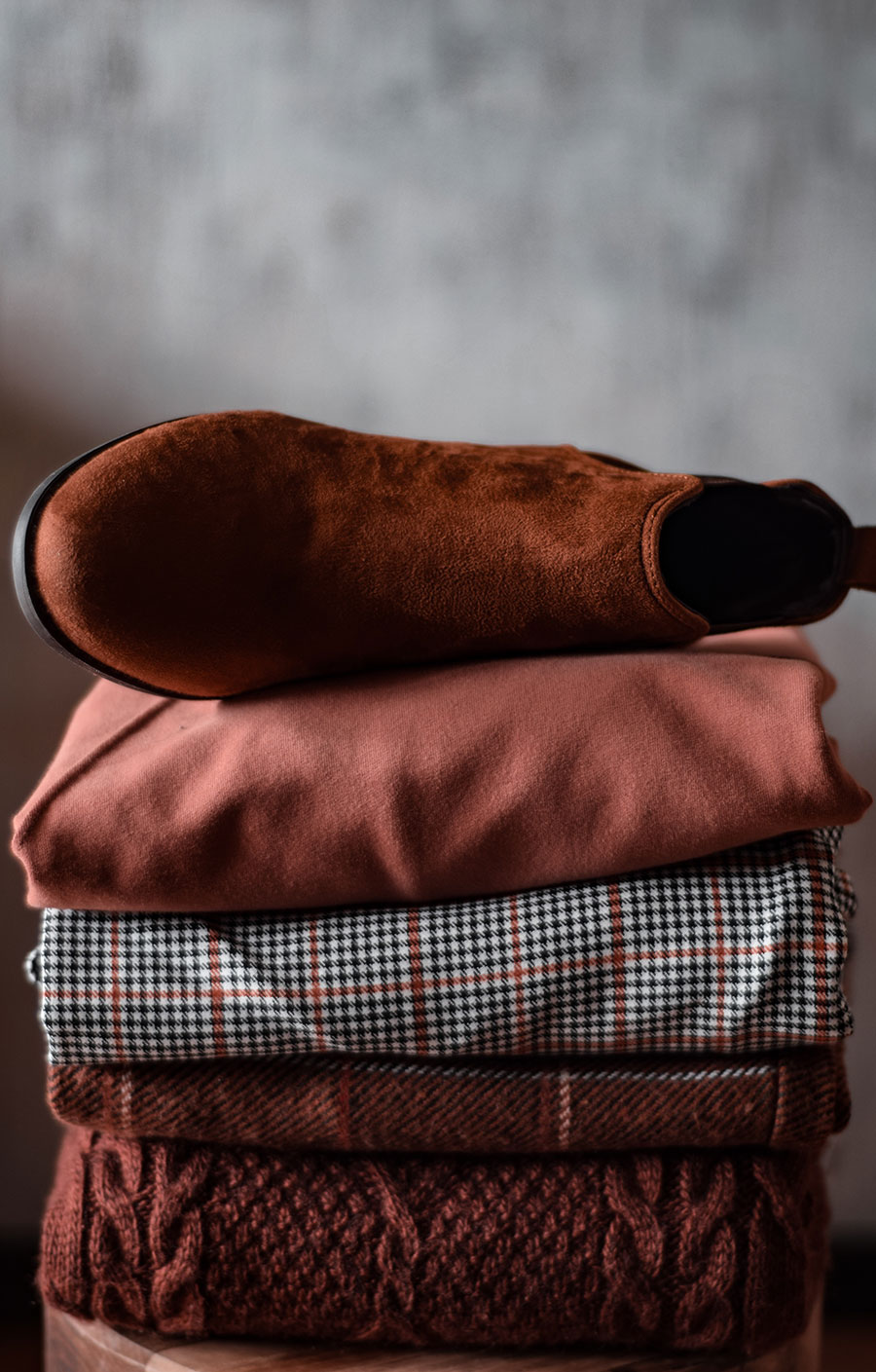
TAKE IT SLOW!
PATRIK SARKAR

- Photo by: Zoe
Wardrobe full of clothes but nothing to wear. A condition that most of us might have struggled with. Every day, shuffling through the hangers and drawers we seem to be so oblivious on what to wear to work or to the weekend brunch. Yet there is no space to even accommodate a new pair of socks. I have recently shifted to a new apartment and most of the cartons are of apparel or footwear. Two of them are still unpacked. The million dirhams’ question (apart from the money that is paying the retailers’ salary) is when and why did we end up having this pile of clothing?
Amidst the hum drums of life, we tend to over purchase even without realizing, which sort of gave birth to Fast Fashion. It’s basic Economics 101, more demand, more supply, eventually faster supply. This happens to all the industries. Fashion, Entertainment and food are widely noticeable due to its easy accessibility. Being a fashion student and having worked across industries and countries, I know my two cents on how much it takes for the 5th white t-shirt we ordered online within a year. I am not going in the technicalities and facts (which are blood curdling and alarming) here. In simple words, It’s devastating.
Has the problem arrived today and we have suddenly become woke by the virtue of Instagram stories? short answer. No. Kate Fletcher was one of the pioneers who mentioned the concept of slow fashion and its whereabouts in many of her books like ‘Sustainable Fashion and textiles: Design Journeys (2008)’ etc. BCI (Better cotton initiative), Eco Vero, GOTS (Global Organic Textile Standards), Singular-Society etc. are amongst many organizations that monitor and regulate the impact of the garment-textile-fashion industry on our environment and society. Having said that, we mustn’t get deceived by everything a big marketing banner or a packaging with monstera leaves says. Once you go beyond the ecru colored minimal visual display of a retail store and read the content of the garment, you will realize it’s made of ‘partly sustainable’ material where this part can vary from one hundred to ten percent depending on how much you are willing to spend on your ‘I have done something for the planet’ feel.

We know global warming can’t be stopped at once by buying indoor plants, or fixing the dripping tap, but we still keep doing our part to make things a little better. Similarly, consequences of this decade-old Fast-Fashion industry will not get deciphered by just stopping buying garments from tomorrow. Because that will eventually create other socio-economic problems. Millions of people from developing countries may lose their earnings due to sudden drop of demand. Covid -19 pandemic can be the biggest example.
In this topsy-turvy situation, what is the best can we do? The solution lies in producing demand for sustainable products. We must invest in quality over quantity. Promoting small scale brands, reading the labels, asking about the product, will eventually alert the industrial giants to produce more and more responsible items. Rationalizing before buying a product. Asking ourselves do we really need another pair of sneakers this month because we really want our followers to validate us with one emoji or because the deal is great? Living nonchalantly won’t be practical but starting something will be.

#thevictormagazine #victormagazine #fashion #fashionmagazine #magazine #art #lifestyle #dubailife #influncerlife #blackfashion #culture #victor #UAE #dubai #instagram #influencer #influencers #socialmedia #social #beauty #antiaging
By Author
no related post found


“Flowers are our favorite F word!”

Indulging in Love and Flavor at Playa: A Valentine’s Day Delight

Beyond the Expected: John Migdalas on Today’s Luxury

“Flowers are our favorite F word!”

Indulging in Love and Flavor at Playa: A Valentine’s Day Delight


















